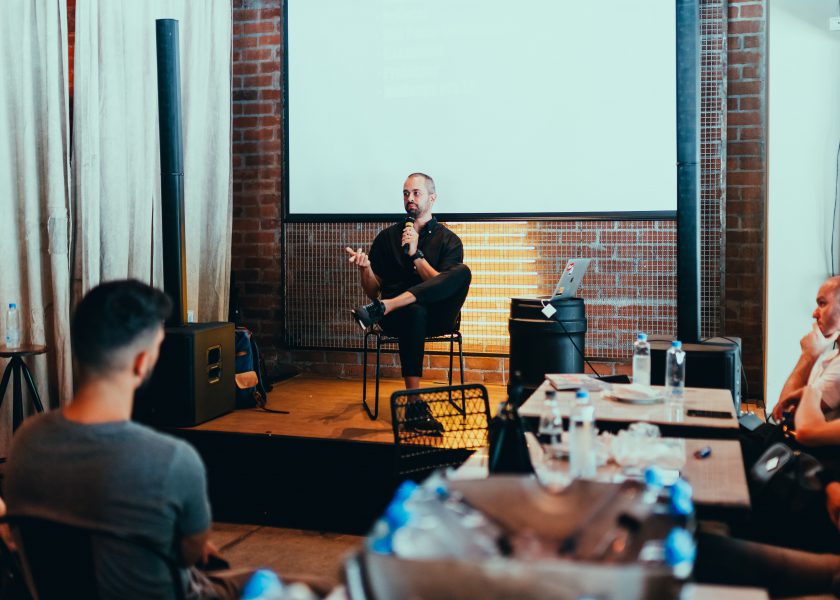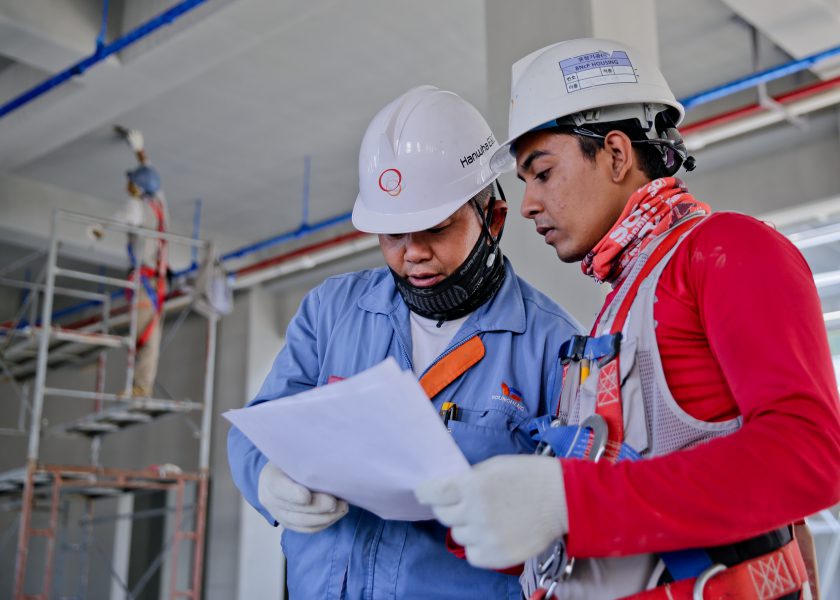Leadership Development

What is
Leadership Development?
We used to believe that there was an ideal personality profile that epitomized the perfect leader. We have come to learn that no such thing exists as there are so many different types of successful leaders out there.
There are however a few universally accepted skills that every leader has to have no matter what their personality style. One of those is the ability to influence others. Without followers a leader is merely taking a walk. We believe we have come to understand some of the key ingredients of what leadership really is through our own experience and learning. We draw upon a vast amount of research and have assessment tools to understand which of these you may be skilled at or may be lacking. Consequently we will assist you in the training and coaching of these skills and help you become the best leader you can given your unique style and personal Brand.


EQI 360 Leadership
The EQI 360 is a multi-rater measure of emotional intelligence (EI) on 15 measures of EI designed to provide you with a complete “360-degree” view of your emotional and social functioning.
Your report combines your self-evaluation of EI with that of your raters (typically manager, peers, direct reports, colleagues and even friends) providing you with a rich understanding of your EI capabilities. The assessment is designed to help you firstly identify your development areas and strengths in your EI as a leader, and then plan to address and improve those needed areas to make you more effective and successful.
Checkpoint 360 Leadership
The Checkpoint 360 Leadership system is a survey that helps identify leadership competencies as viewed by certain groups of individuals who know and have had the opportunity to observe the manager in the work setting. This is accomplished with the collection of ratings from different sets of observers: Self (you), Boss/Manager, Direct Reports, and Peers.
There are 70 leadership behaviors presented as survey items. These 70 items are grouped into 18 Skills Sets which further group into 8 Universal Management Competencies. Each rater reports their experience of observing the manager with a rating on each of the items. These are:

Universal Management Competencies
The real power of this tool is in its ability to accurately uncover the leader’s current strengths and development areas, provide the actual training guidelines and key points to focus on, and then do a comparative assessment after the formal training and development has taken place to measure change over time. This process of assessment and training is repeated over time until the desired results are achieved and this report guides you along the whole journey.
Communication
Leadership
Adaptability
Relationships
Task Management
Production
Development of others
Relationships

Creating
your culture
Culture is very much a conscious thing to ensure that we have the right environment for our people, to ensure that our customers and clients feel confident that we can deliver or support them in what they’re doing, so it’s both unconscious and conscious of the way culture is created.
We have a very unique culture here which is always what people feel when they come here, it’s always quite different. People, when they spend time with us, want to work with us and want to work for us because we have such a unique and enjoyable culture.
Title here
Lorem ipsum dolor sit amet, consectetur adipiscing elit, sed do
Title here
Lorem ipsum dolor sit amet, consectetur adipiscing elit, sed do
Title here
Lorem ipsum dolor sit amet, consectetur adipiscing elit, sed do
Title here
Lorem ipsum dolor sit amet, consectetur adipiscing elit, sed do
Make data
driven
decisions
2/10
Lorem ipsum dolor sit amet, consectetur adipiscing elit, sed do eiusmod tempor incididunt.
Ut enim ad minim veniam, quis nostrud exercitation ullamco laboris nisi ut aliquip ex ea commodo consequat.
Businesses say it’s important to develop leaders at all levels
Being unable to offer the correct leadership development schemes or pathways can cause issues regarding employee retention. The value of being able to provide the correct training and development to be a future leader in the workplace is a high sought out opportunity.
Succession planning

Succession planning is the process whereby an organization ensures that employees are recruited and developed to fill each key role within the company. In this process, you ensure that you will never have a key role open for which another employee is not prepared. Sure, you will have an occasional situation arise for which you are unprepared, but for the vast majority of employee movement, your succession plan is in place.
Through your succession planning process, you recruit superior employees, develop their knowledge, skills, and abilities, and prepare them for promotion into ever more challenging roles in your organization.
The preparation for the employee’s next role may also include transfers to different jobs or departments and on-the-job shadowing so the employee has a chance to observe various jobs in action.
Actively pursuing succession planning ensures that employees are constantly developed to fill each needed role in your organization. As your organization expands, loses key people, provides promotional job opportunities and increases sales, your succession planning guarantees that you have employees on hand ready and waiting to fill the new roles.


